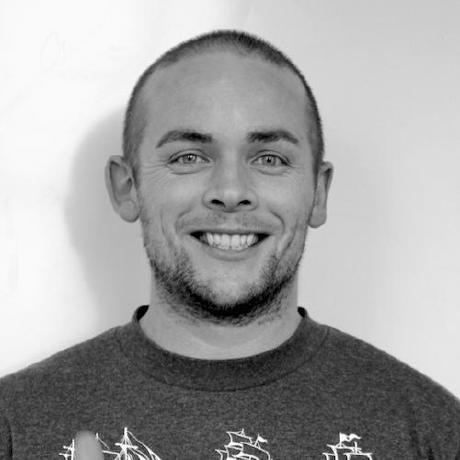Coding Bootcamp - The Final Push
It’s final project time
So here I am ten weeks into my time at Makers Academy. A surreal, enlightening, challenging and above all, amazing experience to say the least. The time has gone so quickly. I started learning the basics of the Ruby Programming Language. Now, I am building simple ecommerce platforms and providing users with the means to communicate with each other in real time using web sockets.The final stretch now lies ahead. Every student has two weeks to complete a final project, with graduation and presentations all set for May 9th 2014.
Meet Chartist
I have teamed up with four other amazing students (Anna, Nat, Mikhail and Mario, ) to build Chartist - an app that will allow people to quickly visualize and share simple data. Think of it as Pinterest for charts…> Chartist - for those who want to share simple data online, but don’t have the time.
Kickoff
Having successfully commandeered the study room for the day, we set to work on planning the app. Here’s what we did…
Step 1: User stories
We had earlier defined in a broadest sense what we wanted the app to do (…allow those with no time to be able share their data online…). We then translated this ‘big idea’ into three short user stories. We plan to keep these visible on our whiteboard throughout the duration of the project and refer back to them to make sure we are on track.> 1. As a user I want to be able to create charts easily so that I can quickly visualise my data.> 2. As a user I want to be able to share my charts so that my information can get to those who need it.> 3. As a user I want to be be able to organise my charts into groups so that related information is in one place.
Step 2: Prioritisation of features
After brainstorming a list of suitable features Mikhail took us through a quick exercise to prioritise them. As this early stage in the project we were most interested in those features that were deemed as absolutely ‘essential’ - that is, the things the app must do at a bare minimum to achieve our vision (for anyone interested UX expert David Travis has an excellent analogy on this topic). These were then ranked from ‘easy’ to ‘hard’ in terms of time & effort it would take to complete (of course these are only best guesses!).
Step 3: Simple wireframing
Anna started sketching how these features might look on a live site. The great thing about wireframing on a whiteboard, in my view, is is that it keeps your sketching basic, allowing you to focus on what is really important and not get too distracted by flashy artwork. Awesome artwork will come later I hope.
Step 4: Database Design
Finally we sketched out a model for our database, and came up with what we felt would be the most efficient way to store and access a chart’s information - its author, x values, y values, comments etc.
The work beings
We managed to start coding that same day. Working in pairs and using test driven development, we began building the database and the means to make a very simple chart, as well as creating a basic front end.More updates to come over the coming fortnight. I’ll keep you posted on our progress!


